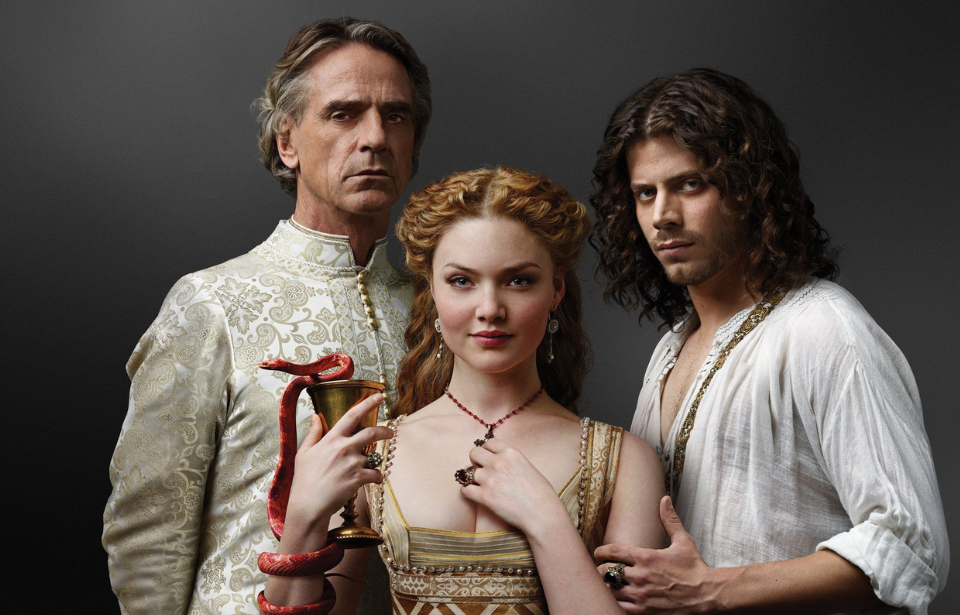Lucrezia Borgia is a name shrouded in scandal. While the Borgia family is largely considered to be one of the first crime families in history, Lucrezia’s own reputation seems to take the cake when it comes to atrocities. ‘Murderous’ and ‘incestuous’ are just some of the negative labels given to Lucrezia. Many historians, however, wonder if she really possessed those traits or if she was simply a pawn in the political games played by her family.
Her father was one of the most controversial popes in history
Lucrezia Borgia was born on April 18, 1480, and was the third child of Cardinal Rodrigo Borgia and his mistress, Vannozza dei Cattanei. As the Borgia family originated from Spain, Italians did not warmly welcome them. Rather, they were seen as outsiders and became the subjects of scandal and gossip.
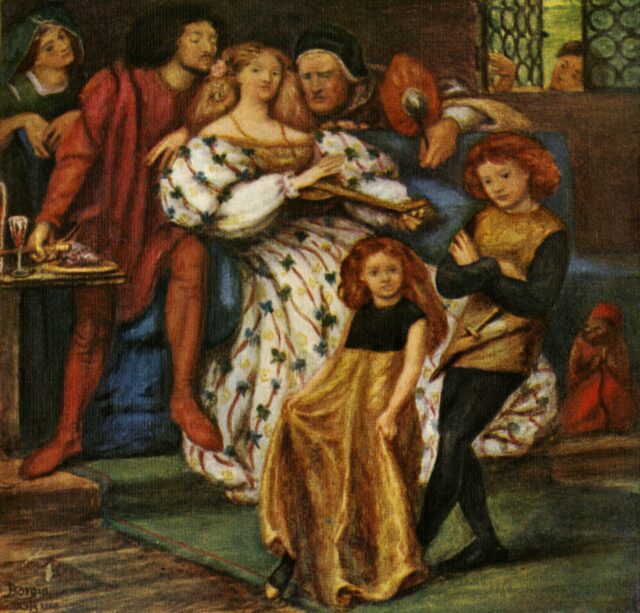
Rodrigo was made a cardinal in 1456 and later ascended to pope in August 1492. Now referred to as Pope Alexander VI, his reign became one of the most controversial in history, and for good reason.
Lucrezia Borgia held some sway with her father
Lucrezia Borgia was said to have had quite a connection with her father. He trusted her political judgment and confided in her, in some cases even leaving her in charge of papal affairs while he was away. She was one of just a few people who held the ear of the pope, which was a powerful thing to have.
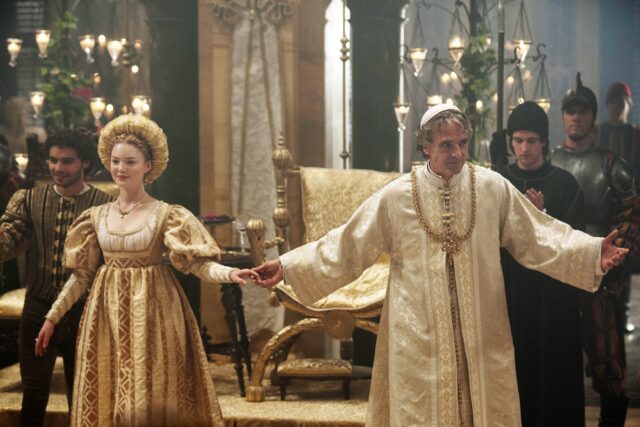
Accounts describe Lucrezia as a very beautiful girl. With long blonde hair that fell to her knees, a bright complexion, hazel eyes, and a full bosom, she was said to have had a natural grace about her. Her good looks were certainly helpful to her father’s political ambitions.
Lucrezia was raised in the household of her cousin, where she learned about the fine arts and studied multiple languages. Her intelligence and interests, as well as her familial ties to the papacy, allowed her to run in some of the highest circles in Italy – another reason her father maintained a close relationship with her.
Her first marriage ended after Pope Alexander declared it had never been consummated
When Lucrezia Borgia was just 13 years old, her father began using her as a pawn in his political scheming. In 1493, she was betrothed to 26-year-old Giovanni Sforza, Lord of Pesaro. The union strengthened Pope Alexander VI’s ties with northern Italy.
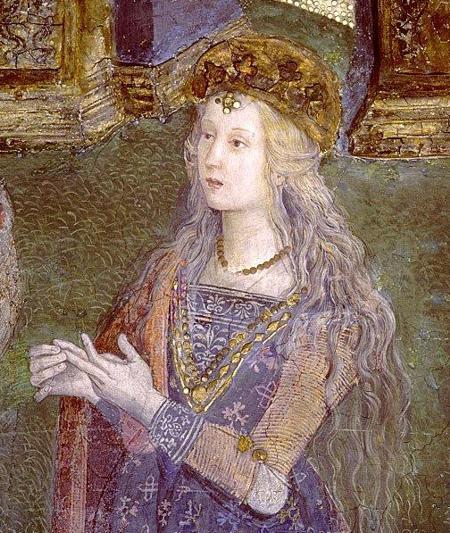
After the wedding, Lucrezia moved north to be with her husband, but struggled to adjust to provincial life. Over time, the pope’s alliance with Milan became less and less valuable, especially after chose to switch his alliances in support of Naples, effectively turning Sforza into an enemy. As such, he schemed to get his daughter back and end the marriage.
In 1497, while staying in Rome, Sforza fled for Pesaro in disguise after being tipped off that Pope Alexander VI planned to have him killed. Then, the pope had his daughter’s marriage annulled, claiming that Sforza was impotent and that the marriage had never been consummated. Not many believed this story of impotence, as it was common knowledge that Sforza’s first wife had died during childbirth.
Embarrassed and angry, Sforza accused Lucrezia of participating in incestuous relations with both her father and her brother, Cesare, with whom she was extremely close. However, he was ultimately convinced to agree to the end of their marriage under the stipulation that he could keep her dowry.
The case of the unknown child shrouded her in rumors of incest
In the summer of 1497, while the annulment of her marriage was processing, Lucrezia Borgia was sent away to a convent. This gave plenty of fodder for enemies of the Borgia family to plant deep-rooted rumors that she was whisked away to hide her pregnancy while Pope Alexander tried to convince the public she was still a virgin.
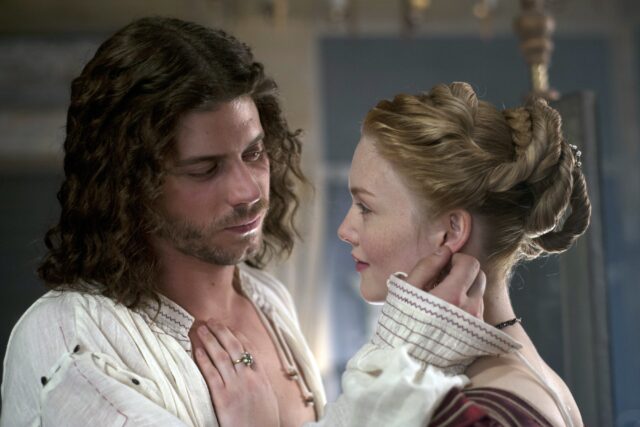
In February 1498, the body of one of Pope Alexander’s valets was found along the Tiber river. Some believed the deceased to be the father of this unplanned pregnancy. As to how he died, many thought that Cesare was responsible for killing him.
Just a month later, a boy was born into the Borgia family, known as the Infas Romanus, with his parents’ names unknown. Trying to squelch rumors of the boy being Lucrezia’s, the pope issued two papal decrees, first declaring the child as the son of Cesare, then that he was actually his own son. Unfortunately, this did nothing to take the focus off of Lucrezia, and actually further fueled the rumors that the child was the product of an incestuous relationship.
Her second marriage came to an end via murder
Pope Alexander quickly got to work arranging Lucrezia Borgia’s second marriage, betrothing her to 17-year-old Alfonso of Aragon, Duke of Bisceglie and illegitimate son of Alfonso II, King of Naples. While this helped to strengthen the Pope’s alliance with Naples, it is believed that Lucrezia really did love her second husband.
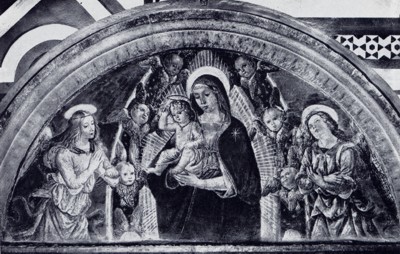
In 1499, the two welcomed a son they called Rodrigo, named after his grandfather. However, their happy marriage was cut short. That same year, Cesare established an even stronger alliance with the French by marrying Charlotte d’Albret, cousin of King Louis XII. As such, the papacy turned its back on Naples.
Learning of the news, Alfonso fled to Rome, but eventually returned to Lucrezia. However, in July 1500, he was attacked by would-be assassins on the steps of St. Peter’s Basilica, surviving thanks to the help of his guards. Lucrezia helped to nurse her husband, who believed Cesare was responsible for the attack.
Only a month later, while he was still recovering, Alfonso was strangled to death by one of Cesare’s servants. While this doesn’t confirm Cesare was behind the attack on the steps, it certainly makes him a prime suspect. Alfonso’s death turned the Borgia family into something to fear.
The Banquet of Chestnuts threw fuel on the incestuous fire
Gossip surrounding the Borgia family only got worse from there. In 1501, Cesare planned and held a banquet at the Papal Palace that made the rumors surrounding the Borgias family much worse. Known as the Banquet of Chestnuts, Cesare hired 50 prostitutes to entertain the guests, turning the party into a huge orgy.
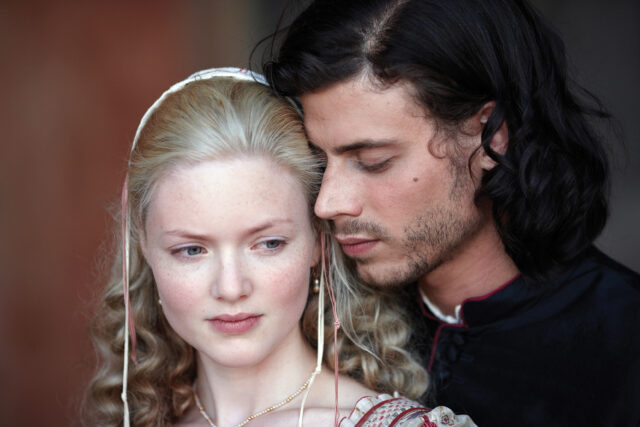
While there has been no hard evidence to prove this for certain, Lucrezia, Cesare, and Pope Alexander VI were all in attendance at this banquet. Their presence coupled with the supposedly sexual nature of the event really helped the incest rumors gain a foothold throughout Europe.
Chronicler and papal Master of Ceremonies, Johann Burchard, at first dismissed the events at the banquet, saying, “Many other things are being said, but I am not reporting them because they are not true, and if they were true they would, in any case, be unbelievable.” However, he later wrote a more detailed account of what happened that evening, supposedly confirming that the Borgia family members indeed were in attendance and that the massive orgy did take place.
Burchard was the only one to attest that the Banquet of the Chestnuts actually occurred, and many contemporary accounts actually dismiss his account. As such, it is unclear if it actually happened or if the Borgia family members were even there for it.
Lucrezia’s third marriage would be her last
Lucrezia Borgia was now a widow at 20 years old, and the end of her second marriage marked the end of the pope’s alliance with Naples. As such, her father intended to use her once more for his own political interests. She was married off once again in 1501, this time to Alfonso D’Este, heir to the dukedom of Ferrara. The marriage consolidated Cesare’s position in Romagna.
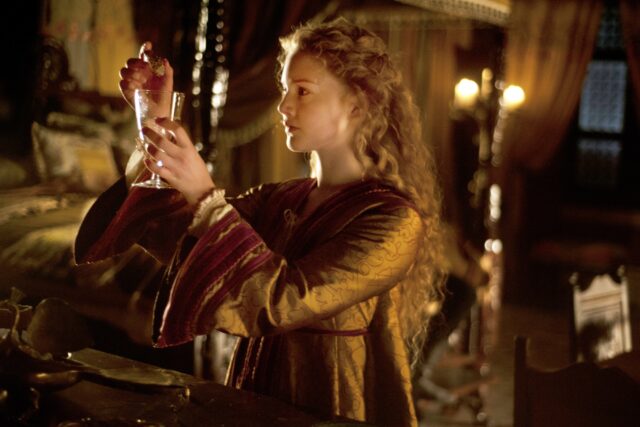
With all the nasty rumors surrounding the Borgia family, the cost of Lucrezia’s dowry had grown significantly, now 100,000 ducats for the marriage to go through. Additionally, the marriage would only happen if she agreed to leave her son Rodrigo behind to be raised by other family members. Lucrezia did agree, and she never saw that son again.
By most accounts, her marriage was a happy one, and may have become even more pleasant following the death of Pope Alexander VI in 1503. While rumors suggested that Lucrezia was a poisoner, responsible for the death of her father and prone to keeping poison in a hollowed-out ring she wore, it is more likely that the Pope died from fever or malaria.
She was actually quite happy in this marriage
After their father’s death, Cesare’s own power diminished greatly and Lucrezia was freed from being a political pawn in her family’s games. She was finally able to live a more normal life in Ferrara. Slowly, she infused her love of fine arts into the province, transforming it into the center of arts during the Italian Renaissance.
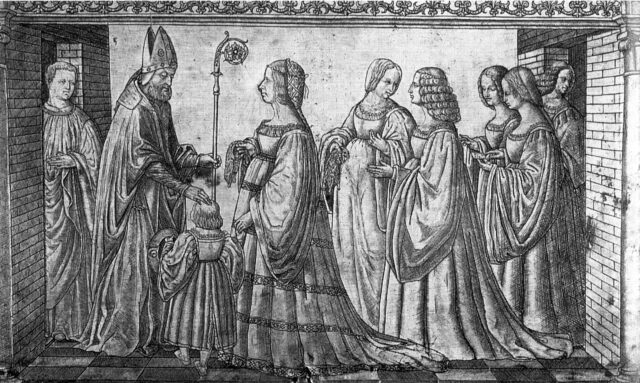
Over time, the scandalous rumors that had once surrounded her began to wane and she became a respected duchess, with her court held in very high esteem. She served her new home in Ferrara significantly, coming to their aid when Alfonso was excommunicated by Pope Julius II as he tried to add Ferrara to the papal estates.
While Ferrara fought the papal armies, Lucrezia’s calmness toward the situation ignited faith in her people. She pawned her own jewels off to help raise money for Ferrara’s defense and even refused her husband’s orders to have arrested men tortured. Lucrezia became a beloved duchess by the people of Ferrara.
She turned to religion in her final years
In 1512, Lucrezia Borgia learned of the untimely death of her first legitimate son, Rodrigo. He was only 12 years old when he died, and despite having not seen him in many years, she mourned him greatly.
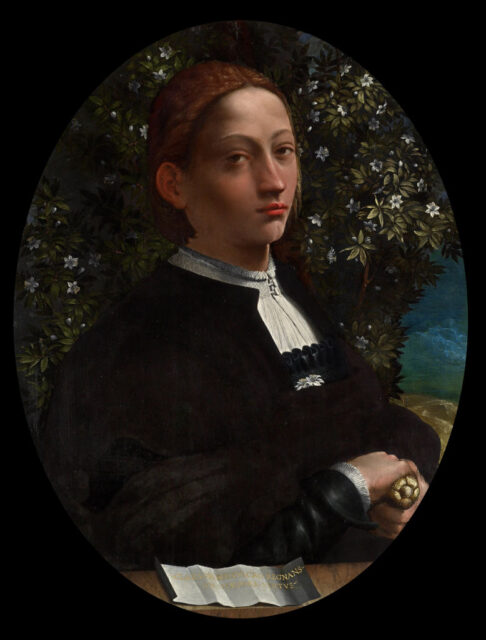
After hearing the devastating news, she reportedly stayed at a convent for a period of time. She then devoted herself to living a more pious life and withdrew herself from the public sphere.
She is believed to have been pregnant 10 or 11 times in her life, though only four or five lived past childhood (depending on the true parentage of the Infans Romanus). During her final pregnancy, Lucrezia would suffer complications during childbirth, causing her death on June 24, 1519, at the age of 39.
Her reputation became more sinister over the centuries
When Lucrezia Borgia died, she was mourned by the people of Ferrara. Her immediate legacy was the support of her people. However, over time, those old rumors of murder and incest crept their way back to her otherwise brilliant reputation.
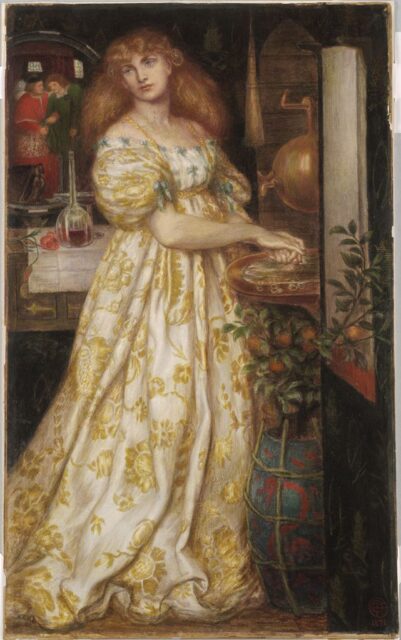
Throughout history, many artists have chosen to depict Lucrezia as a villainous woman. Victor Hugo, the 19th-century writer, penned a play about her that blatantly depicted her as the femme fatale of her family. It was so popular it was later turned into an opera. Artist Dante Gabriel Rossetti even painted a portrait of Lucrezia washing her hands after having poisoned her second husband.
More from us: Elizabeth Báthory Is Still Known as ‘The Blood Countess’ for the Atrocities She Allegedly Committed
We might never know whether some of the rumors about Lucrezia Borgia are true, but it seems that by the end of her days, she finally gained ownership over her own life.
